My recent brush with canna rust
judderwocky
12 years ago
Related Stories
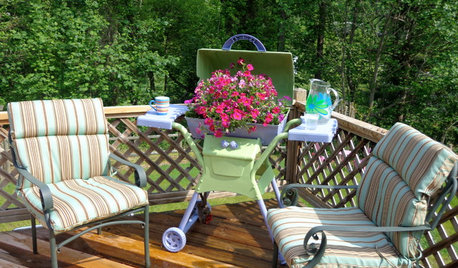
SALVAGEReinvent It: Make a Cheery Planter From an Old Eyesore
Don't ignore that yucky old grill growing rust in your yard — turn it into a lighthearted planter that's a joy to see
Full Story
WINDOW TREATMENTSHow Low Should Your Drapes Go?
Hover, brush the floor or pool like Scarlett O'Hara's tears — we give you the lowdown on curtain length options
Full Story
BATHROOM DESIGNA Crash Course in Bathroom Faucet Finishes
Learn the pros and cons of 9 popular faucet finishes
Full Story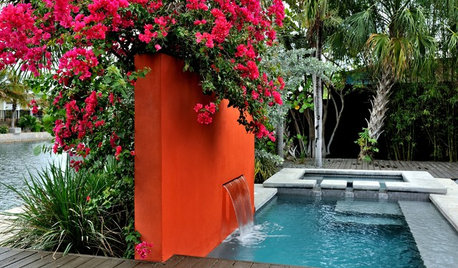
COLOROrange in the Garden: Do You Dare?
Tangerine and other oranges are boldly cavorting from fashionable interiors to outdoor rooms. See some in-vogue examples here
Full Story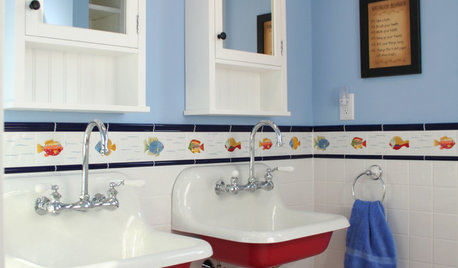
COLOR7 Unexpected Color Splashes for Bathroom Sinks
Make over your sink with paint for a new look that’s playful, sophisticated or wonderfully soothing
Full Story
MATERIALSAn Architect Shares His Go-To Materials
Aluminum doors, porcelain tiles, polished concrete. Here are the features and finishes this professional returns to time and again
Full Story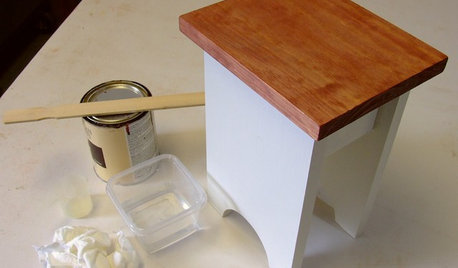
DIY PROJECTSCool Tip: Mimic Stain With a DIY Color Wash
Get the look of an oil-based stain without all the bother, using this easy wash made with paint
Full Story
HOUSEKEEPINGHow to Fix a Stinky Garbage Disposal
No plumber’s fee or even a trip to the hardware store is required with these easy solutions
Full Story
BEFORE AND AFTERSKitchen Rehab: Don’t Nix It, Fix It
A small makeover makes a big impact in a traditional kitchen in Atlanta with great bones
Full Story
BATHROOM DESIGN18 Dream Items to Punch Up a Master-Bath Wish List
A designer shared features she'd love to include in her own bathroom remodel. Houzz readers responded with their top amenities. Take a look
Full StoryMore Discussions






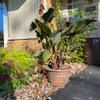
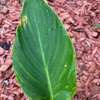
nancyd
flying_wahini1955
Related Professionals
Tomball Landscape Architects & Landscape Designers · Dixon Landscape Contractors · Golden Gate Landscape Contractors · Hicksville Landscape Contractors · Kaneohe Landscape Contractors · Lyndhurst Landscape Contractors · Mercedes Landscape Contractors · Oakland Landscape Contractors · Tacoma Landscape Contractors · Cibolo General Contractors · Coffeyville General Contractors · North New Hyde Park General Contractors · Palatine Siding & Exteriors · Paramus Siding & Exteriors · Yakima Siding & ExteriorsjudderwockyOriginal Author
flying_wahini1955
wanna_run_faster